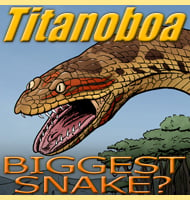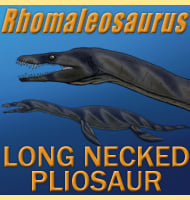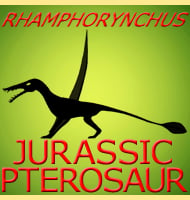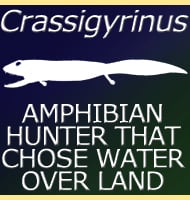In Depth
Cetiosauriscus is often confused with the similarly named Cetiosaurus, and this is no accident. The name Cetiosauriscus means ‘whale-lizard-like’, a reference to Cetiosaurus which itself means ‘whale-lizard’, so when Friedrich von Huene named the genus in 1927, he was actually saying that Cetiosauriscus was similar to Cetiosaurus. When the genus was first named the type species of Cetiosauriscus was C. leedsi, however later studies cast doubt upon the validity of the type fossil material used to designate this species. In what was a landmark study for the Cetiosauriscus genus, A. J. Charig named a new species of Cetiosauriscus as C. stewarti, based upon a partial post cranial skeleton (BMNH R.3078) found near the town of Peterborough. Noting that other species of Cetiosauriscus, including the type species were dubious on the grounds that the remains were fairly indistinct, Charig successfully petitioned the ICZN (The body that governs the naming of animals) to make Cetiosauriscus stewarti the genoholotype of Cetiosauriscus. What this means is that from now on all fossil material submitted to the Cetiosauriscus genus must now be compared to the fossils of C. stewarti and not C. leedsi before being added as new specimens.
Although the basis of the name Cetiosauriscus means a similarity to Cetiosaurus von Huene himself noted that Cetiosauriscus had much longer vertebrae than those attributed to Cetiosaurus. Because of the length of these vertebrae, Cetiosauriscus has been identified as a possible diplodocid sauropod dinosaur (similar to Diplodocus) upon more than one occasion. The type fossil material of C. stewarti (BMNH R.3078) has even been reported as possibly containing the whiplash of the tail that is commonly associated with diplodocid sauropods. If the interpretation of Cetiosauriscus as a diplodocid is correct, then Cetiosauriscus may well represent one of if not the earliest appearance of a sauropod dinosaur. However a 2007 paper (Naish & Martill) cast some doubt upon the diplodocid interpretation, stating that the vertebrae of Cetiosauriscus are also similar to those of the mamenchisaurid sauropods (similar to Mamenchisaurus).
Further Reading
- Sichtung der Grundlagen der jetzigen Kenntnis der Sauropoden [Sorting through the basis of the current knowledge of sauropods]. - Eclogae Geologica Helveticae 20:444-470 - Friedrich von Huene - 1927. - A diplodocid sauropod from the Lower Cretaceous of England - A. J. Charig - In Aspects of Vertebrate History: Essays in Honor of Edwin Harris Colbert. Flagstaff. - L. L. Jacobs - Museum of Northern Arizona Press. - 1980. - Case 2876. Cetiosauriscus von Huene, 1927 (Reptilia, Sauropodomorpha): designation of C. stewarti Charig, 1980 as the type species. - Bulletin of Zoological Nomenclature 50 (4): 282-283. - A. J. Charig - 1993. - The anatomy and taxonomy of Cetiosaurus (Saurischia: Sauropoda) from the Middle Jurassic of England. - Journal of Vertebrate Paleontology. 23: 208–231. - P. Upchurch & J. Martin - 2003. - Revision of Cetiosauriscus greppini–new results and perspectives. - Fifth Meeting of the European Association of Vertebrate Paleontologists Abstract Volume, Mus�e des Dinosaures, Esp�raza, France. pp. 57–58. - Daniela Schwarz, Christian Meyer & Oliver Wings - 2007. - Dinosaurs of Great Britain and the role of the Geological Society of London in their discovery: basal Dinosauria and Saurischia. - Journal of the Geological Society (London). 164: 493–510. - D. Naish & M. Martill - 2007.









